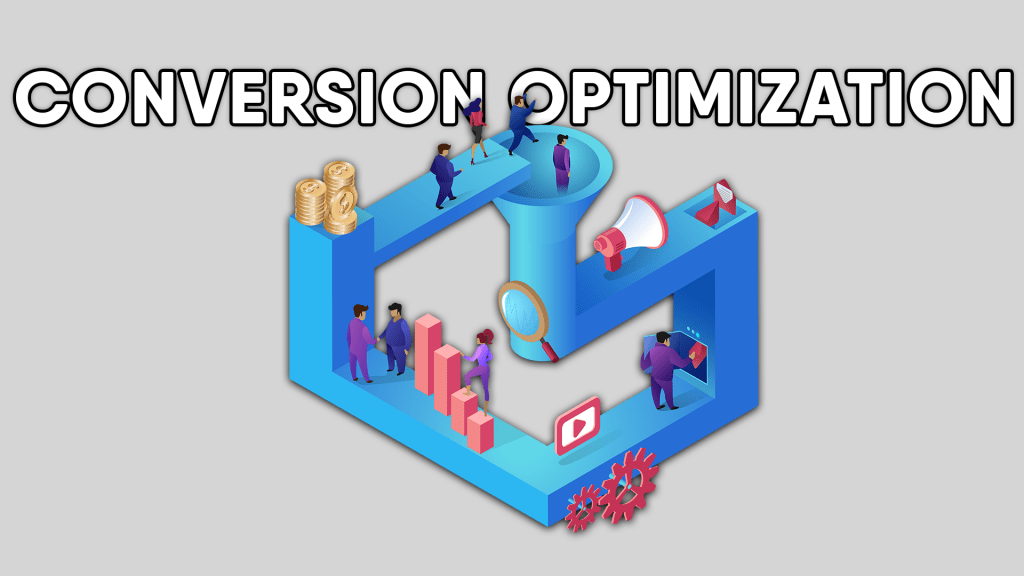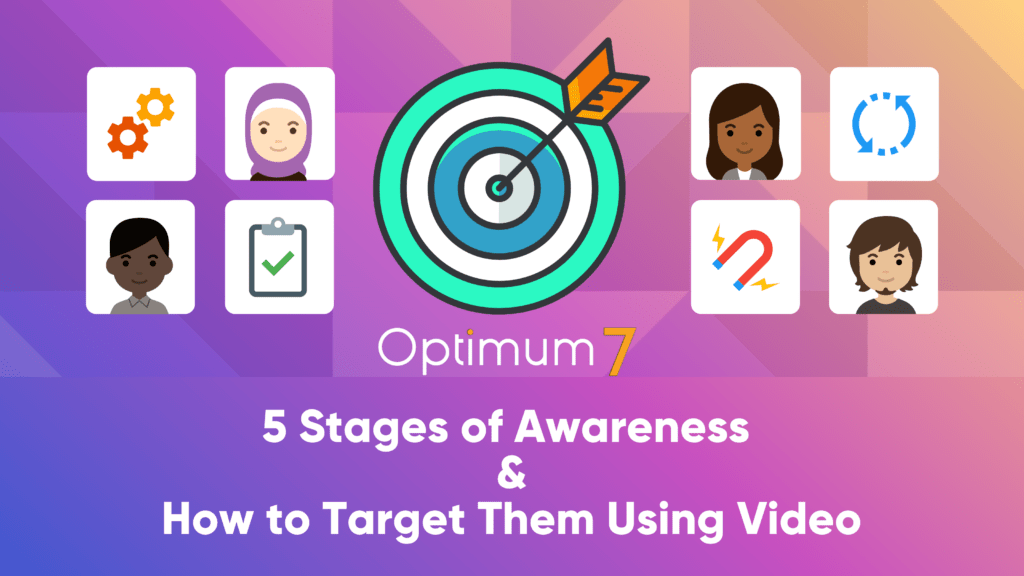In this Surge Session we cover the latest content marketing trends, specifically structured content. The simplest definition for Structured Content is that whether in a textual, visual, or playable format it conforms to structural and semantic rules that allow machine processing to meet specific business requirements and analytics.
When done correctly, structured content maximized the worth of your content with much less effort and measurable results that you can track for effectiveness so long as they are implemented into the correct systems.
When you’re paying attention to the words and messages, you’re creating copy but what turns copy into content is adding multimedia, keywords, backlinks and other elements that let technologies track and do their work.
What you can do with structured content depends on how content has been written, how it’s been structured, the technology being used, and so on. The difference between just writing up text and creating structured content is like the difference between using a car and using a plane to get to your final destination.
1 – Web Content
Product-buying guides are a great way to create structured content for service-based businesses. These guides allow you to guide users to specific sections of your site (through the content structure) and to specific service/industry sections in order to build strong lead generation.
An eCommerce site’s primary job is to sell products. Structured content on these websites will guide people to specific products on the website and clearly mark area and industry to make shopping a satisfactory and efficient process.
2 – Structured Blog Posts, Articles, Marketing Blurbs, and Campaign Pages
Some of the main differences between this type of structure content and regular blog posts are that structured content is much longer in word count and therefore SEO valuable. It also caters to FAQ topics that people are currently searching which attracts serious buyers with longer attention spans since they are willing to devote more time into their purchasing process and research.
At Optimum7 our main method of leveraging structured content is through service and industry pages. We begin by creating different sections for different industries, then we create further subsections for different services provided for each industry.
First, it creates niche content specific to the audience who is searching for your services or products. Here you have an opportunity to speak directly to them and close the sale. This has ever more proven effective results with personalized content.
Second, it creates a marketing funnel that drive audience from ‘awareness’ to ‘sale’ much faster if you’ve structured what’s before them in a way that anticipates their needs and provides the answers for conversion. The closer the customer moves to sale, there is also opportunity for outreach via newsletter sign ups, chat bots, or contact form.
Third benefit is that it gives your company credibility and authority when a customer feels more than realizes that structured content is doing its job effectively and they are satisfied with their experience all around. This is what generates word of mouth, one of the oldest forms of marketing.
Fourth, structured content is best for landing pages. The benefits of landing pages are many, but to just name a few, it places the customer directly at the point of sale, improves overall site traffic, and also your SEO for Google search ranking which we’ll talk about next.
Finally, we dive into the relationship between structured content and Google. Your structured content must be optimized for Google so it ranks highly, which is one of the main obstacles to overcome when it comes to effectively leveraging structured content.
1 – By Leveraging Google Search Results
To facilitate the process of creating effective structured content, use Google results to figure out what topics/subjects to target with this content, as well as questions people are looking for to address in the content. Doing so can allow you to leverage Google snippets, which are automatically emphasized within the Google results when people search related terms.
Well-planned and well-executed structured content will do wonders for your organic visibility as well as conversions. If doing paid search, you can use them as landing pages.
2 – By Using Your Site Architecture
Your hierarchy needs to be planned according to sections/subsections according based on how your audience searches. Know your services, display and simplify the structure in the best way possible. This allows Google to crawl your pages and index them properly.
The best way to snag the aforementioned and coveted Google snippet is by creating an FAQ section, including the top information and questions people are searching for from your research. Make sure they can find direct answers to their questions on your site, which Google is then likely to pick up. These have incredibly high impression rates, especially technical questions with clear concise answers.As stated earlier, for eCommerce, buying guides are an extremely powerful form of structured content, rather than regular blog posts to rank as relevant for Google.
3 – By Industries
Each industry – financial, medical, industrial, education, etc – have need a unique approach when it comes to creating structured content for them. Some will lend to multimedia or images more than others. Know what industries and sub-industries are looking for your services. Create different sections for different industries and then subsections for different services provided for each different industry.
Ask the experts at Optimum 7 any questions you have on the extensive services we provide. If you need a structured content strategy to take your business to the next level efficiently and effectively, we’re ready to waste no time in helping you get started. Contact us today.




